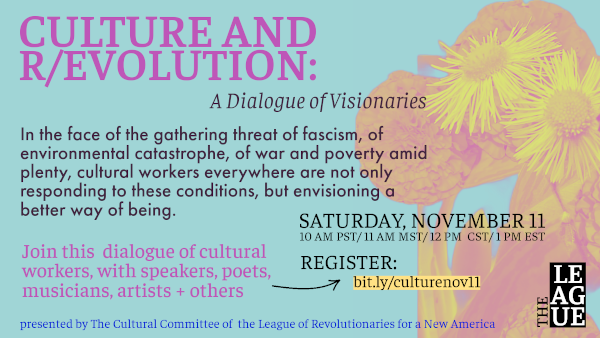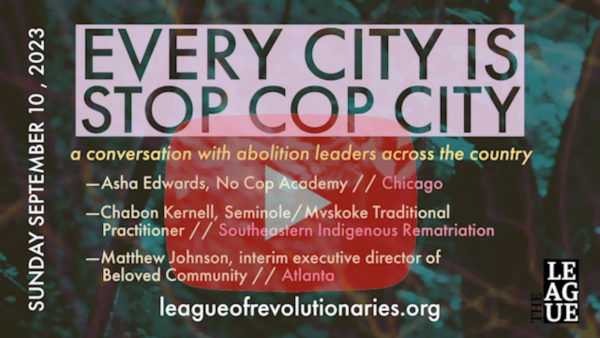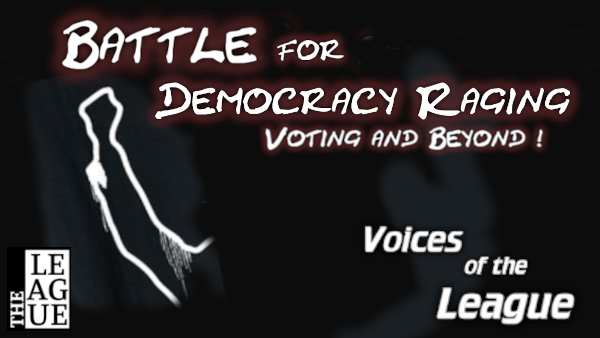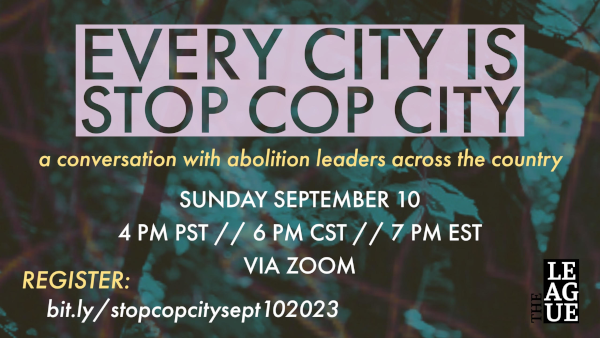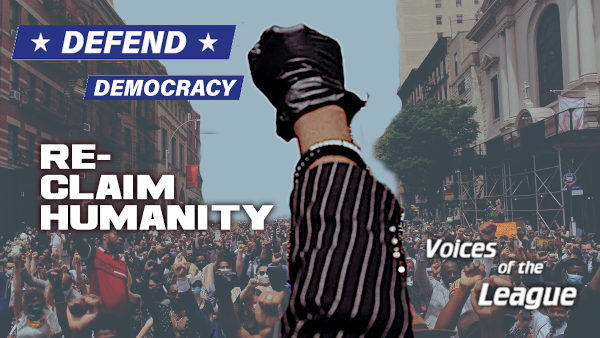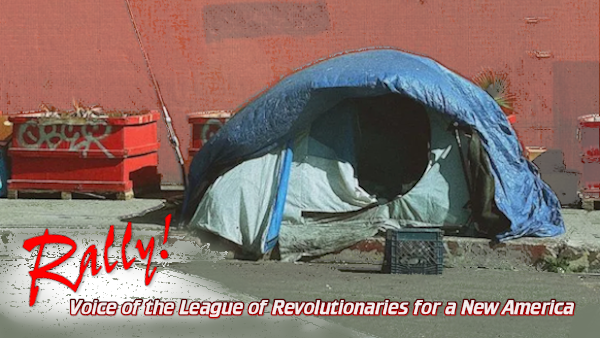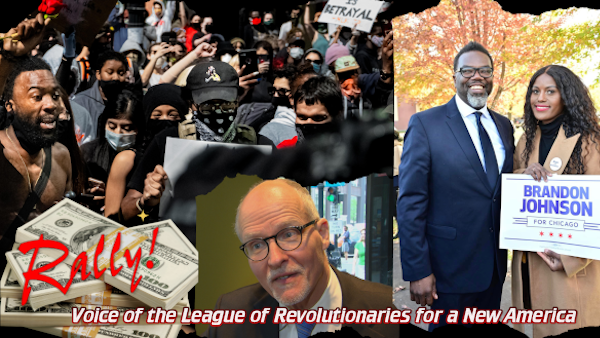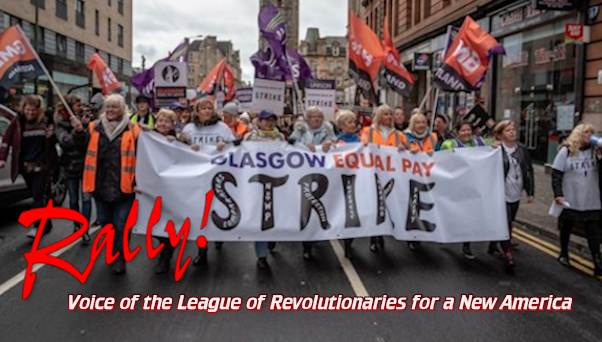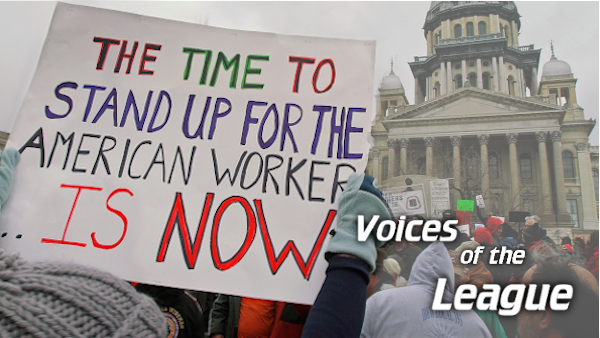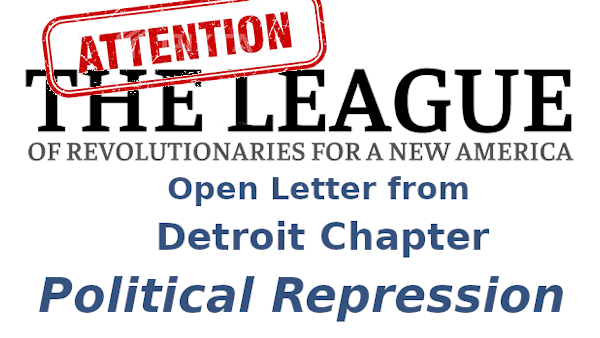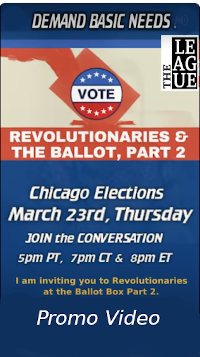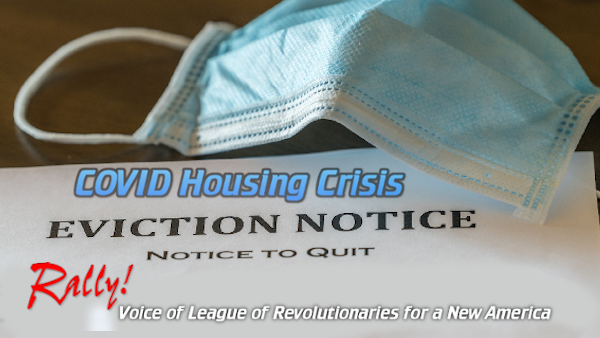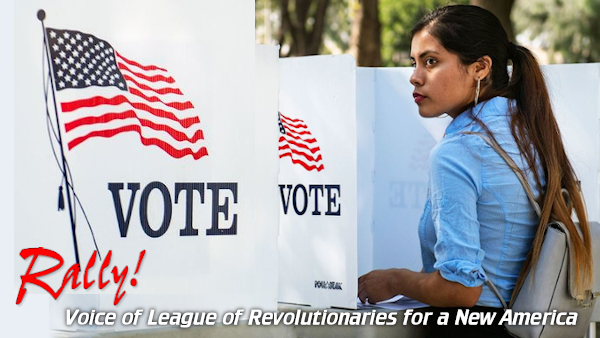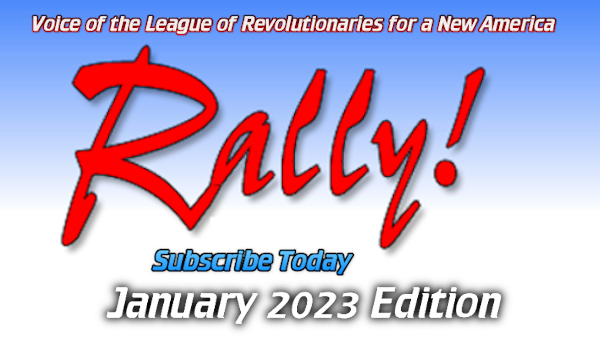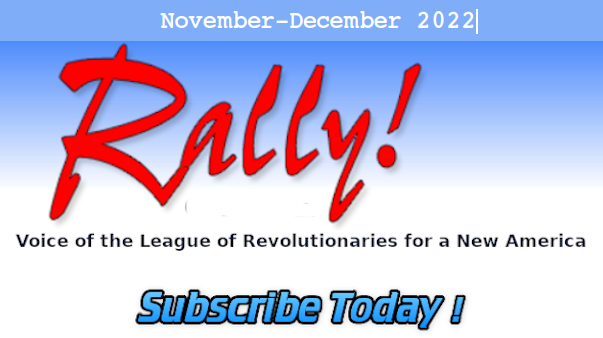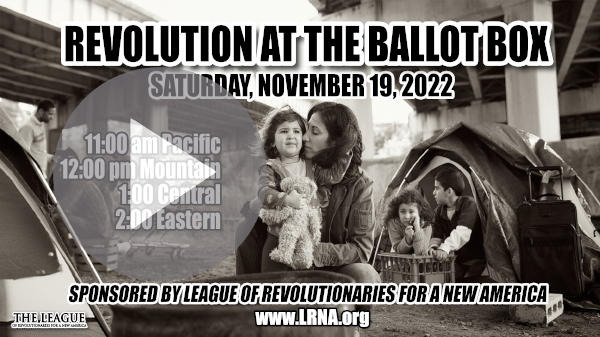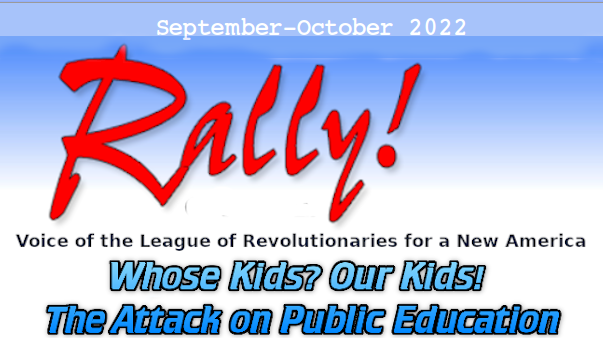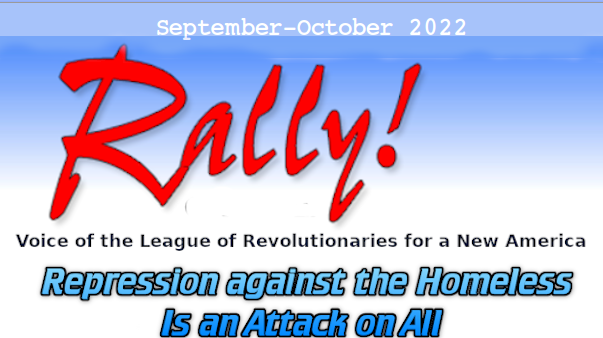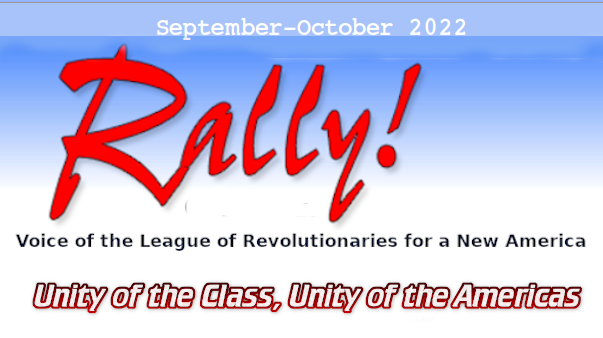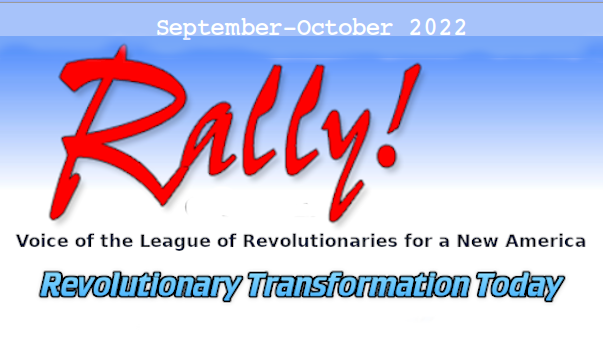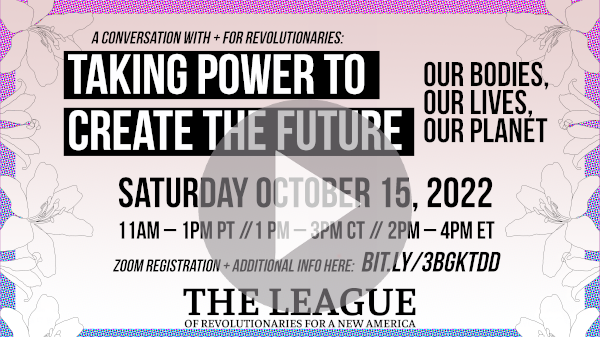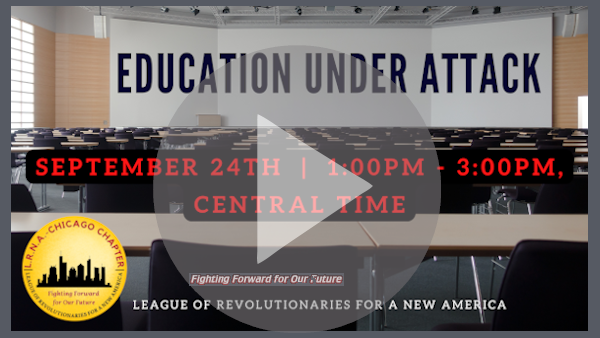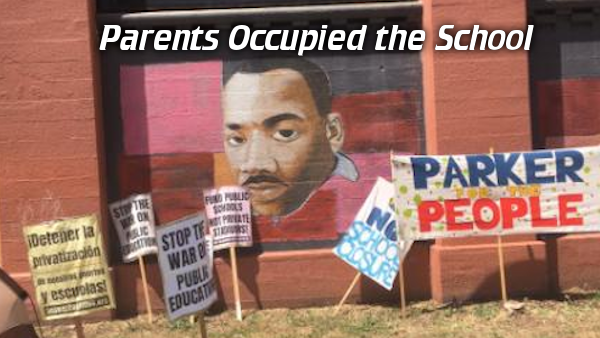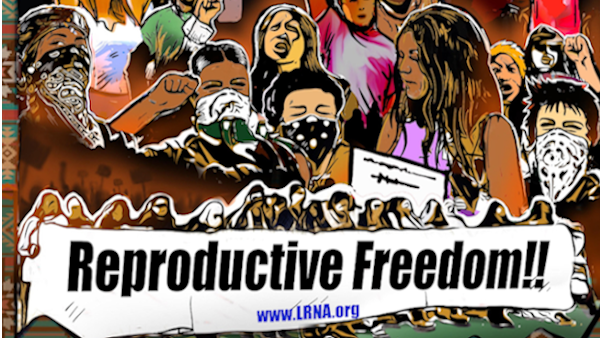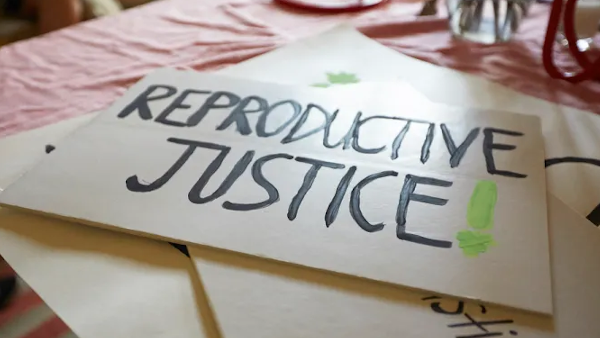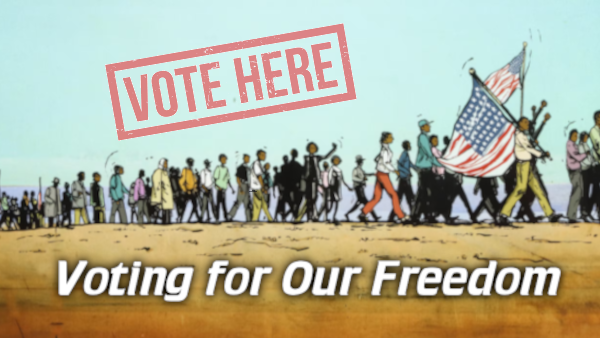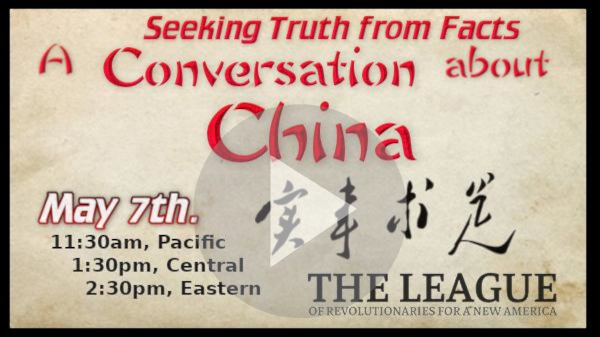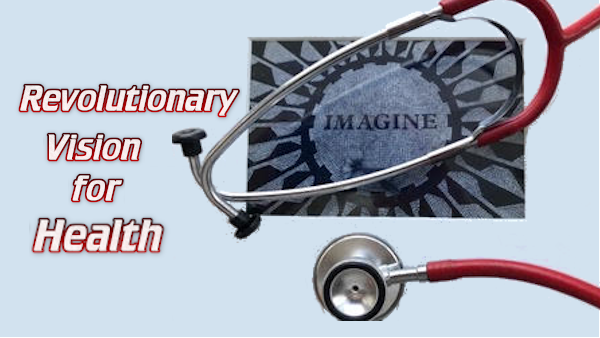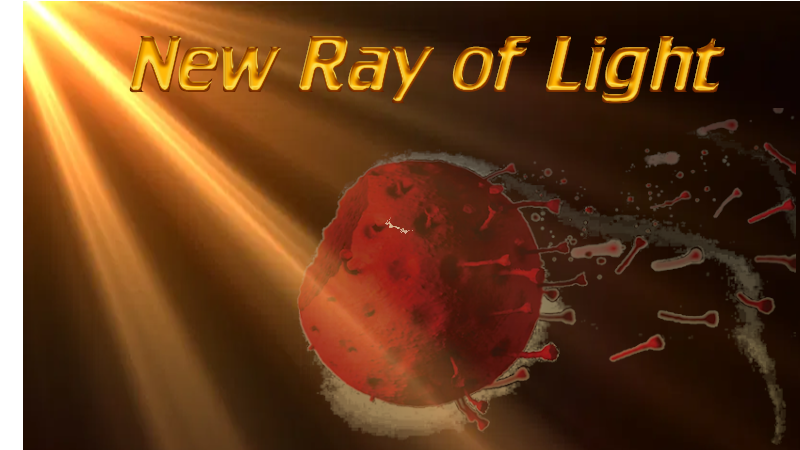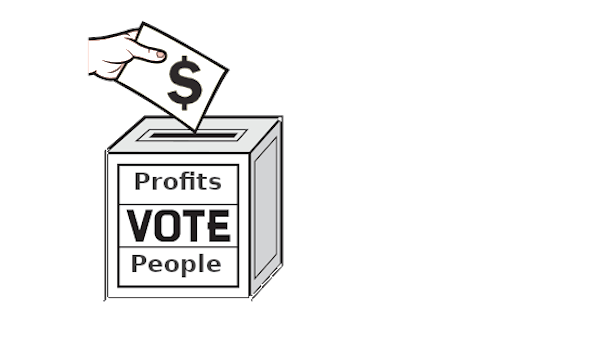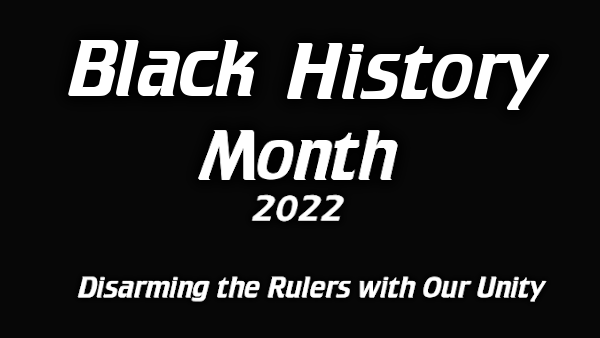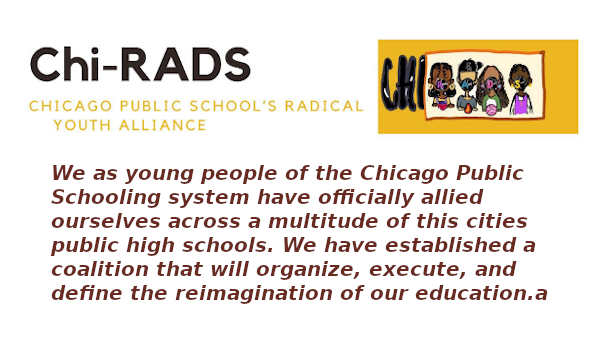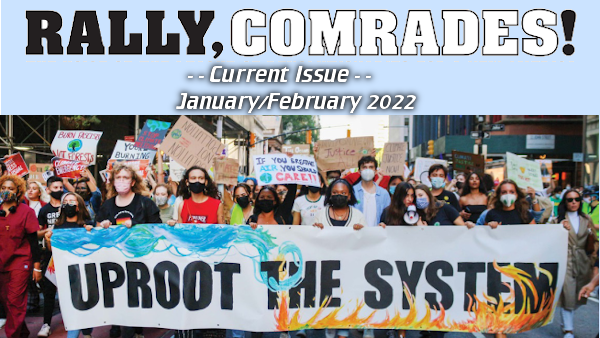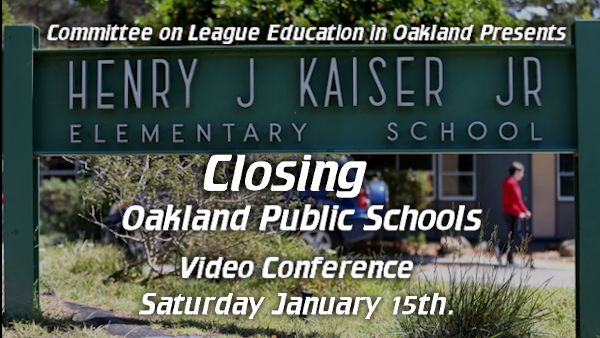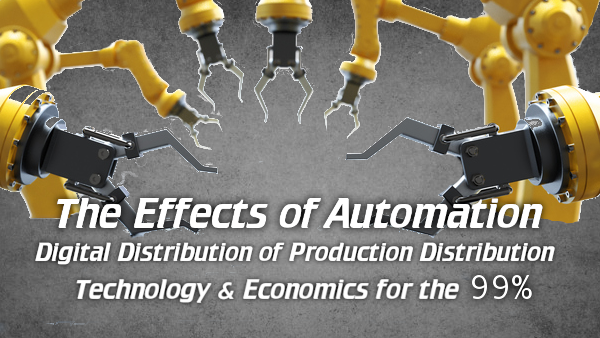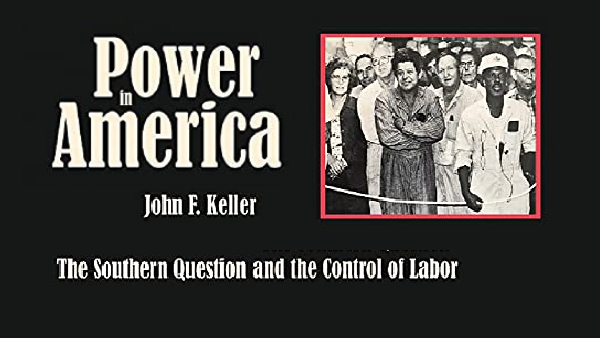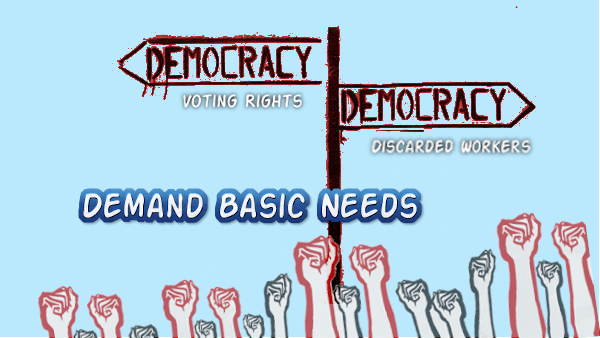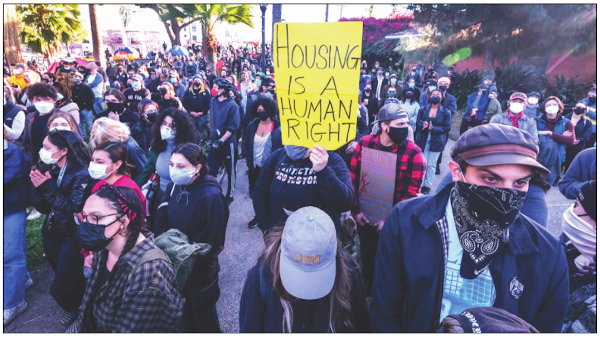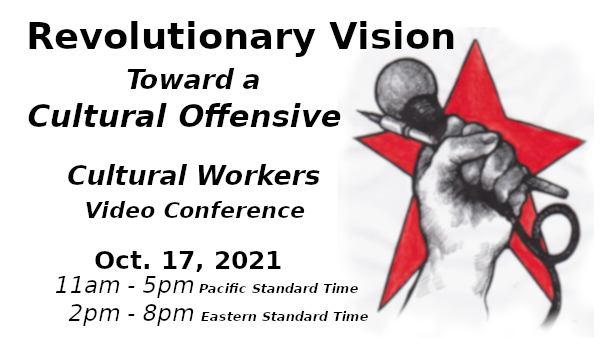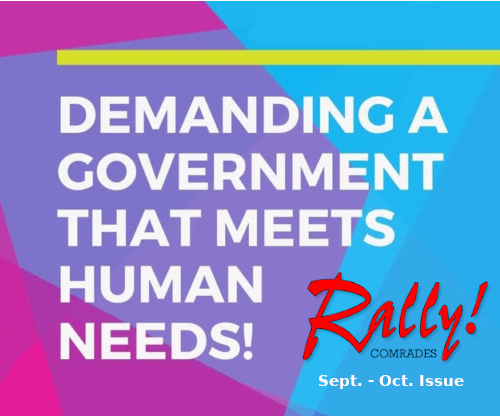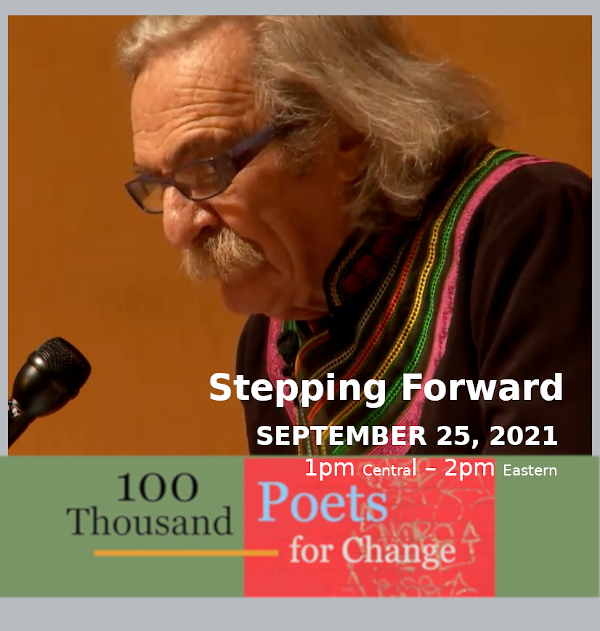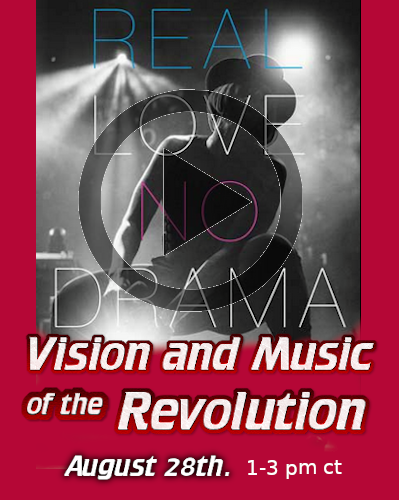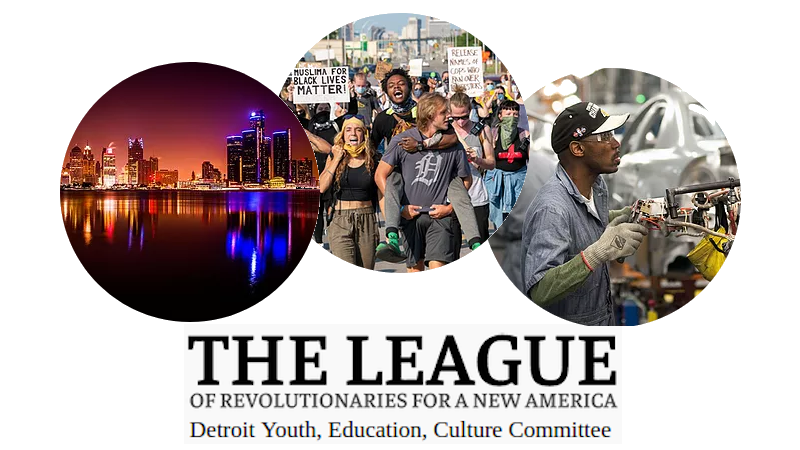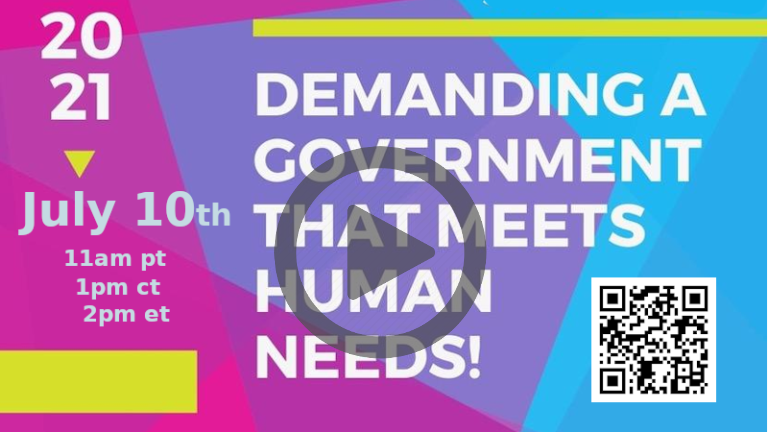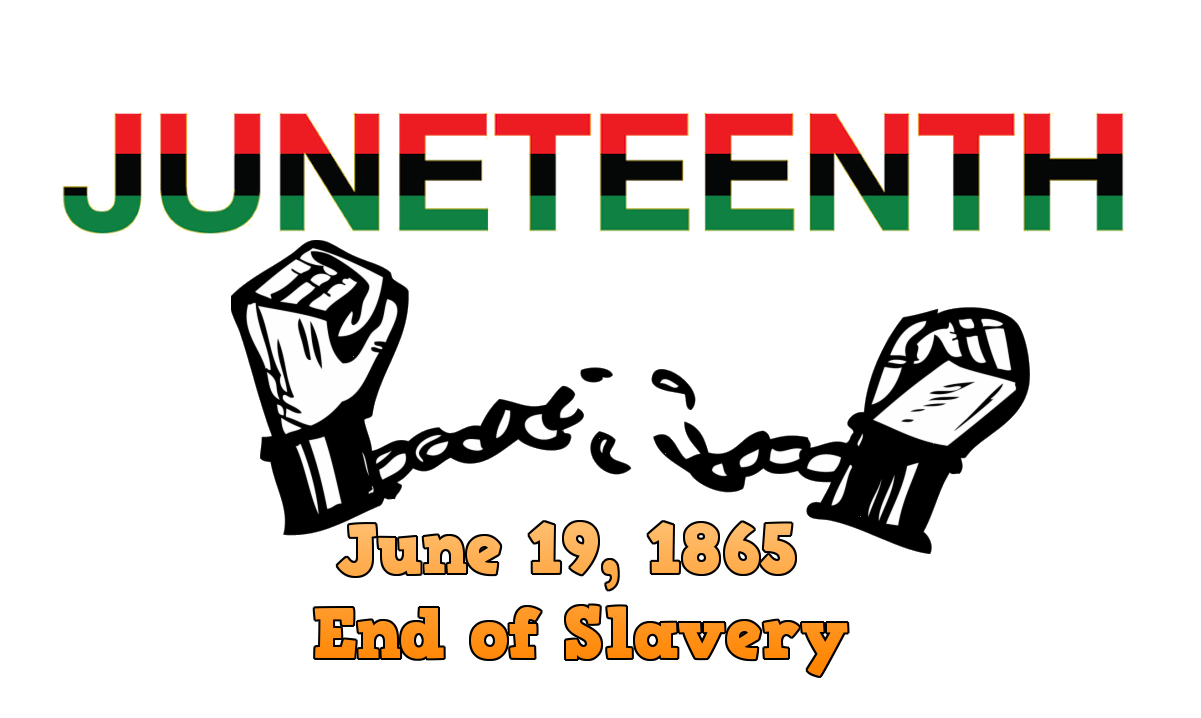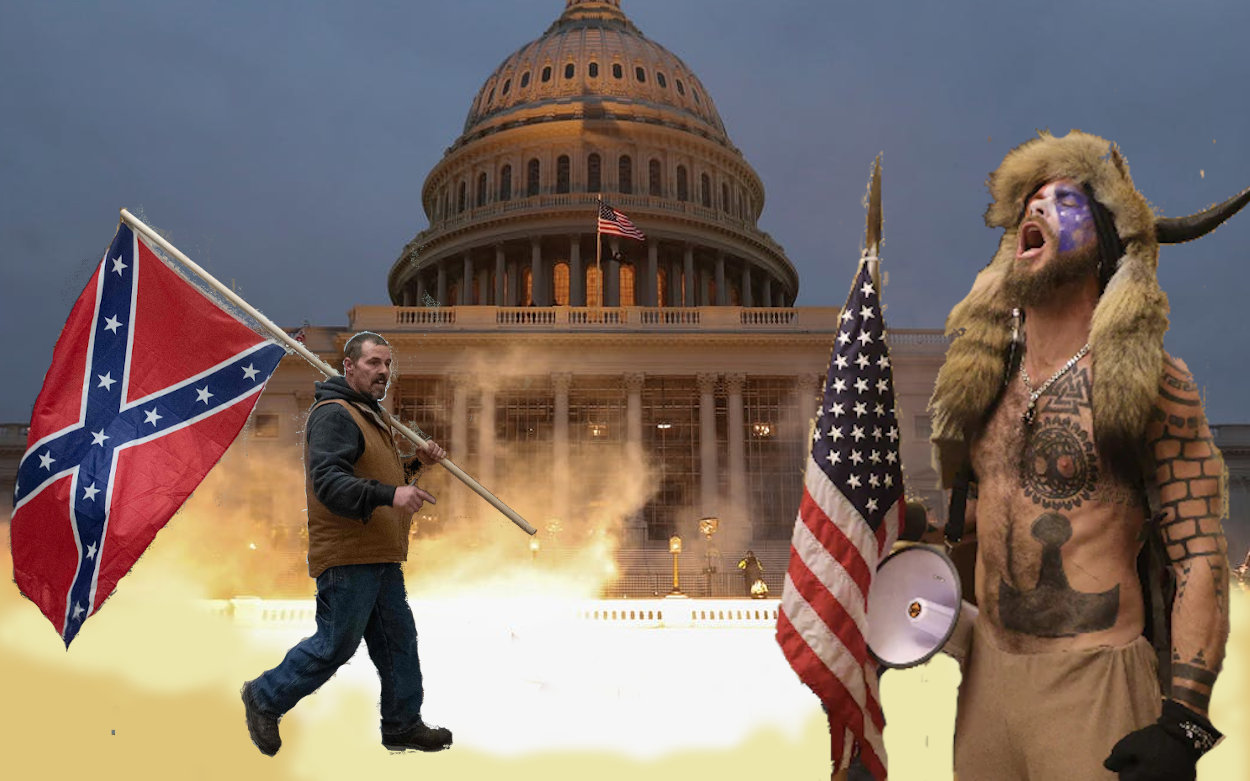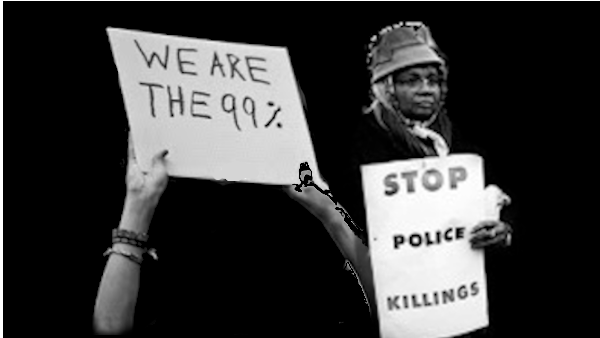Inside June Issue: Break from the Ruling Class, Chart Our Own Path
Inside:
Break from the Ruling Class, Chart Our Own Path
![]() Click Link Rally-v31-e3
Click Link Rally-v31-e3
A year of violence against Asian Americans, blamed for the so-called “China flu,” culminated in increased bloodshed at the one-year anniversary of the pandemic. The New York Times documents at least thirty attacks on Asians in March 2021, not counting the March 16 Atlanta murders of six Asian women. Thousands of Americans protested across the country the following weekend, including many Asian Americans who had never protested before.
Texas House Representative Gene Wu told The Wall Street Journal, “Many people in the past, even my own parents, basically said, ‘Hey, as long as we’re quiet and we work hard, and we’re the good minority, then we will be protected.’ ” Now Wu says that the American dream is “not protection… Your number just hasn’t come up yet.”
 Of course, the truth is that America has a long history of violence against Asians, which can be traced at least back even before the Page Act of 1875, which forbade the immigration of Chinese women into the U.S., and the Chinese Exclusion Act of 1882, which ended the immigration of Chinese men. After Asian immigrants had been exploited for decades during the Gold Rush and the building of the Transcontinental Railroad, a downturn in the economy created a wave of anti-immigrant sentiment that led to these bans. World War II saw Japanese Americans forced into concentration camps.
Of course, the truth is that America has a long history of violence against Asians, which can be traced at least back even before the Page Act of 1875, which forbade the immigration of Chinese women into the U.S., and the Chinese Exclusion Act of 1882, which ended the immigration of Chinese men. After Asian immigrants had been exploited for decades during the Gold Rush and the building of the Transcontinental Railroad, a downturn in the economy created a wave of anti-immigrant sentiment that led to these bans. World War II saw Japanese Americans forced into concentration camps.
Certainly, some of the social destruction we’ve experienced this past year is to blame, including the pandemic itself (almost mishandled as badly as the Spanish Flu of 1918). But today’s social destruction starts with the destruction of the basis of our economy. In a digital economy that needs less and less human labor every day, 2021 saw billionaires grow exponentially more wealthy while ten million U.S. jobs disappeared forever. Just as in the 19th century, our ruling class has encouraged us to fight scapegoats rather than our real enemy. “From the Editors — The Meaning of January 6” explains the strategy necessary to keep our struggle independent of the interests of the capitalists.
This issue of Rally, Comrades! documents how fear and anger have fueled the ruling class’s move toward fascist rule. In “U.S.-Mexico Border is a Battlefield Over Fascism,” we see how this scapegoating continues. At the Southern border, fascist attacks on thousands are escalating as immigration enforcement agencies receive 34 percent more funding than all other principal federal law enforcement agencies combined. In “Taking the Offensive to Defeat Fascism,” we also see how parts of the ruling class exploited deeply ingrained prejudices to lay siege to the Capitol.
But this issue of the paper also highlights our class’s increasing efforts toward political understanding and unity. We discuss growing resistance at the border, including such activism over the “right to remain” in homelands and the military mobilizations at the U.S.-Mexico border. Our article on the Capitol attack emphasizes the electoral victories of 2020 and January 6, and the growing understanding among our working class that our “multiracial working class has to break from both ruling class parties.”
In “Police Killings and Our Fight for Class Unity,” we note that, though police violence has actually escalated over the past year and in the early months of 2021, the movements to defund the police continue. Unlike in the past, this social force against police violence has the historical moment on its side. Real class unity is now possible thanks to the very same electronics applied to production destroying the capitalist system. Hope lies in the fact that the struggles around police killings and the past year of the COVID-19 pandemic are laying bare the inequities of the country.
“Capitalism Creates Food Scarcity, Communism Distributes Abundance” details the practical American roots in ranching and farming that demand a move toward a new economic system. Freed from corporate control, we have the means and resources to feed everyone, even in the vicinity of the nation’s urban and metro areas. The sooner we learn to produce for need and not for profit, the better.
Finally, two reflections on historical celebrations show how the vision of the past has renewed relevance today. “May Day: To Understand is to Hope” reaches for the original holiday’s vision of worker unity and declares, “Our hopes for change must rest on a clear understanding of the social destruction that’s underway and how revolutionary change can be developed out of it.” Meanwhile, “Juneteenth 2021: Revolutionary Reconstruction” shows how the conscious political unity of the new class — an abolitionist class — will lead to the political formations to reconstruct society and finally realize the vision of the emancipated slaves and of all people for freedom, equality, and justice for all. RC
May/June 2021. vol.31. Ed3
This article originated in Rally, Comrades!
P.O. Box 477113 Chicago, IL 60647 rally@lrna.org
Free to reproduce unless otherwise marked.
Please include this message with any reproduction





